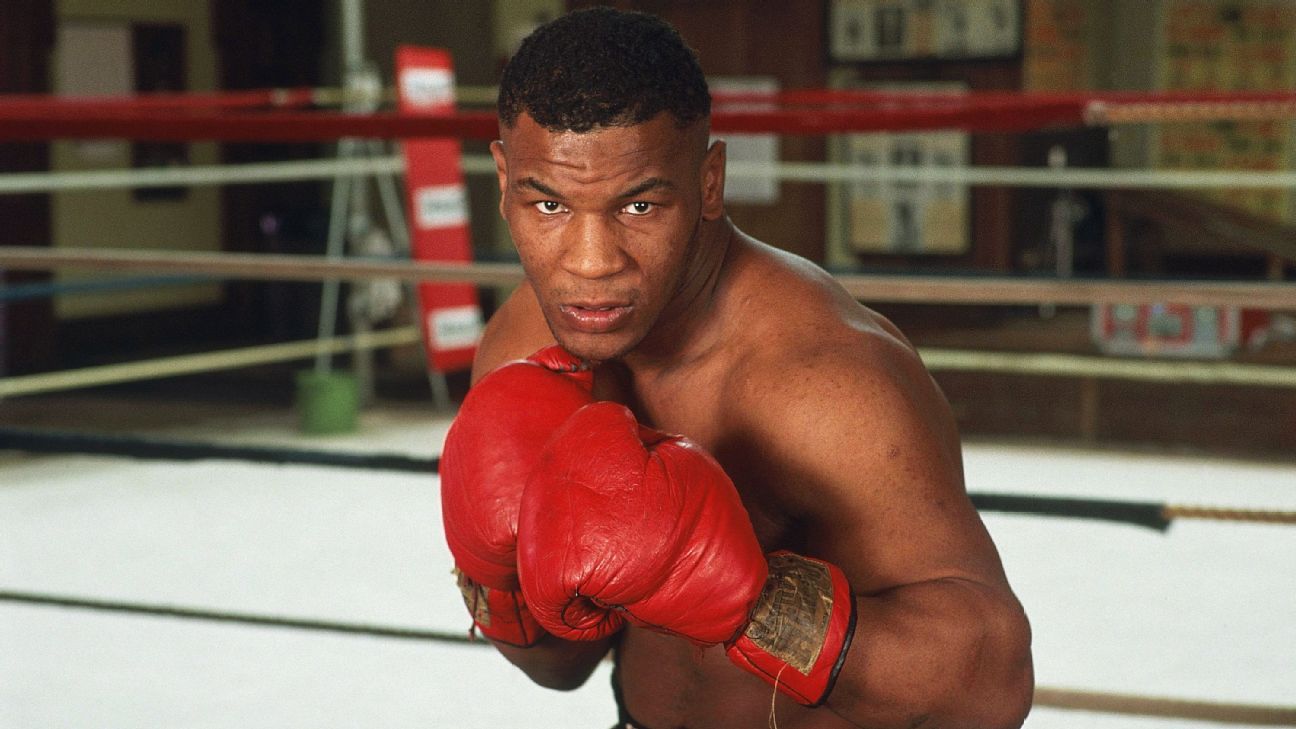Wrestling is one of the world’s oldest known sports, with documented origins tracing back over 15,000 years through cave drawings in France, and formalized competition dating to the ancient Olympic Games in 708 BCE. Unlike many modern sports, wrestling was not only physical entertainment—it held deep cultural, political, and even spiritual significance across civilizations from Greece to Persia, India, and Japan. Today, historical performance specialists and sports historians are reviving ancient wrestling styles to preserve their legacy and showcase their influence on today’s combat sports.
Each civilization developed its own technique and tradition. Greek pále emphasized leverage and skill over brute force, while Indian kushti was practiced in sacred mud pits under strict moral and dietary codes. These forms were more than contests—they were rites of passage, symbols of discipline, and reflections of regional philosophies. In Japan, sumo evolved into a ceremonial sport still rooted in Shinto ritual, showing how wrestling could become both entertainment and religious expression.
Reviving and re-enacting these traditional forms in historically informed performances today allows modern audiences to appreciate the athleticism and cultural richness of ancient wrestling. Through accurate costumes, settings, and rule reconstructions, these displays help preserve endangered heritage while honoring the athletic traditions that laid the groundwork for contemporary sports like MMA and Olympic wrestling.






